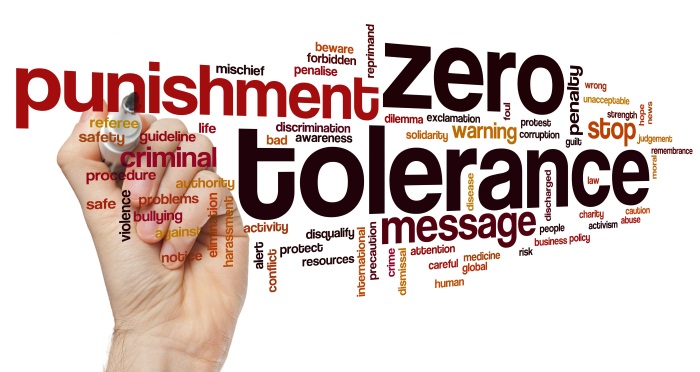Blog Post
Interesting and Relevant Articles on Sexual Harassment
What Should An Employer Do To Combat Sexual Harassment?

Although all employees of an organization must do their parts to prevent sexual harassment and to report it when it does occur, the responsibility for creating a culture that stresses the importance of prevention and reporting lies with the employer. When an employer makes prevention a priority, that mindset has a positive influence on all levels of that workplace. Conversely, when an employer places no importance on prevention, then sexual harassment and the problems it creates are very likely to permeate all levels of that organization.
To ensure that the proper workplace culture is created and maintained, employers should:
- develop a comprehensive sexual harassment policy;
- ensure that all employees are aware of the policy and how to access it and use it;
- ensure that all employees are trained on sexual harassment and related issues;
- create a system for reporting, investigating, and documenting sexual harassment allegations;
- maintain a zero-tolerance policy for retaliation against employees making sexual harassment allegations; and
- hold managers and supervisors to a high standard of conduct.
For their part, managers and supervisors should:
- set an example that reflects organizational ethics;
- remain educated on sexual harassment-related issues;
- ensure that supervised employees remain up-to-date on sexual harassment training;
- bring any incidents of sexual harassment to a swift end;
- investigate sexual harassment allegations in a manner that is prompt and in keeping with organizational policy;
- maintain confidentiality to the extent that it is possible;
- maintain a respectful and compassionate demeanor toward employees who make allegations; and
- ensure that no retaliation occurs.
As we said previously, all employees are responsible for some part of an organization's success at preventing sexual harassment. However, employers, as well as their managers and supervisors, bear an extra measure of that responsibility. In order for sexual harassment policies and procedures to be truly effective, they must emanate from and be thoroughly supported by those at the top levels of the organizational chart.
